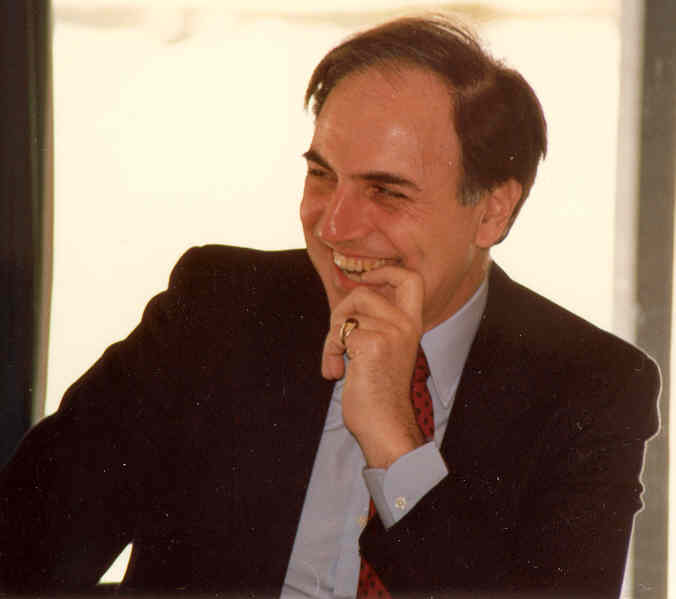The Jewish Humanist Volume 20, No.7, February 1983
Ahashuerus was not Jewish. But Esther married him without a peep of protest from the author of the Book of Esther.
However, other Biblical writers were less approving about intermarriage – at least about intermarriage with anybody less that a king. Together with the Talmudic rabbis they made it a Jewish no-no behavior.
The reasons for the prohibition varied. Some were conscious. Others were unconscious. The conscious ones had to do with the defense of religious beliefs and practices. The unconscious ones involved the preservation of racial purity and the exclusions of ethnic enemies. It took many generations for converts and their descendants to be fully accepted.
Today all three branches of Judaism remain opposed to intermarriage. While some Reform rabbis will officiate at mixed marriages, they do so reluctantly. They deal with it as they would deal with an unavoidable misfortune.
This attitude is not trivial. Right now two out of every five Jews who chooses to marry chooses a non-Jew. Enormous numbers of children have Jewish and non-Jewish parents. Enormous numbers of parents are dealing with non-Jewish in-laws.
Intermarried couples experience a lot of rejection. Their traditions denounce their decision. Their parents feel betrayed. Their children assault them with questions of identity. And even religious conversion is viewed as a cynical convenience by relatives, friends and neighbors.
The Jewish community leaders have responded to this phenomenon with helpless hysteria. They see intermarriage undermining the survival possibilities of a small minority group. But they do not know how to prevent it. Nor do they know how to deal with the host of non-Jewish people how have now married into the Jewish fold. Most of their responses are awkward, and patronizing- expecially in a country which praises openness, love and individual freedom.
Something needs to be done in the Jewish community to provide a realistic, dignified, effective and compassionate approach to this development. We as Humanistic Jews, because of our beliefs and commitments, may be able to provide this alternative.
We can declare that love, personal compatibility and individual freedom are morally more important that group identity. Individuals do not exist to save groups. Groups exist to serve individuals.
We can acknowledge that most intermarriages do not involve real religious differences. The bride and groom usually get married because they already share a philosophy of life. What they do not share is the cultural tradition of ancestors. Beliefs and values are different from family loyalty. They are different from holidays and life-cycle ceremonies. Since most group identities are inherited, since most religious identities are a reflection of ethnic background, many people confuse cultural attachments with theological beliefs.
We can help the overwhelming number of intermarried couples whose differences are really cultural and not theological. We can help them participate in more than one culture. An Anglo-Saxon not become less-Anglo-Saxon by doing things Jewish. A Jew does not become less-Jewish by doing things Anglo-Saxon. Each of us can handle several identities, both professional and familial. A non-Jew does not have to repudiate his own cultural attachments in order to take part in Jewish life.
We can help the children of intermarried couples. We can help them understand and respect all their ancestors. We can love their Jewish past without having to give up the other side of their inheritance. Where secular goodwill prevails cultural loyalty does not have to be either-or. If Jewish identity is less exclusive, it will have a wider scope.
We can help the parents of intermarried couples. We can enable them to see that hostility is unproductive and immoral. Their first job is not to echo their ancestors – who lived in different times and in different environments – but to help their children.
Denouncing intermarriage is neither right nor effective. Using it creatively is more important.

